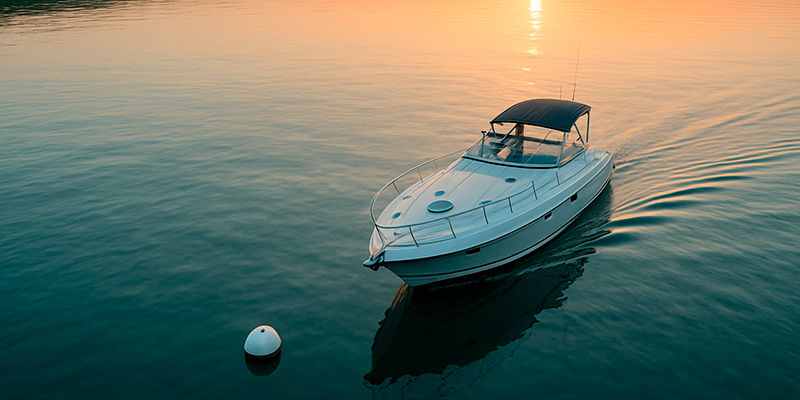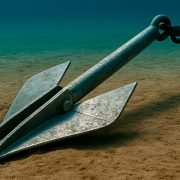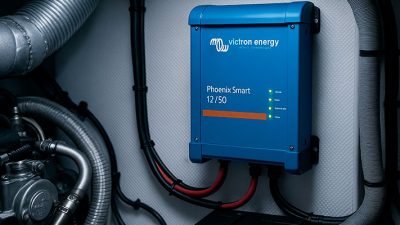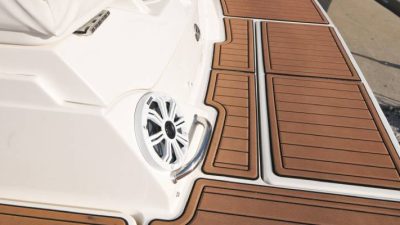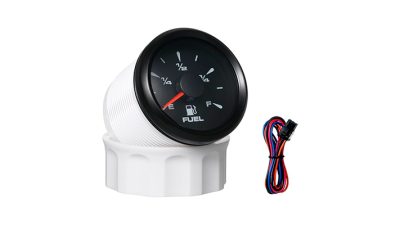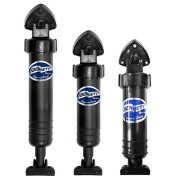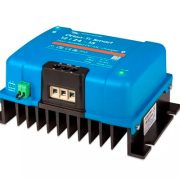Securing your boat to a mooring buoy is a vital boating skill, especially in crowded anchorages or when overnighting offshore. Doing it properly ensures your vessel stays in place, avoids damage, and holds firm in changing conditions.
What Is a Mooring Buoy?
A mooring buoy is a floating anchor point that is permanently fixed to the seabed, typically using heavy chain and a concrete block or helix anchor. These are commonly found in marinas, harbors, and protected bays. Tying off to one is easier and more reliable than dropping your own anchor, particularly for temporary stops or in environmentally sensitive zones.
Essential Gear You’ll Need
- Strong bow lines (nylon dock lines are ideal)
- Boat hook (for retrieving the pickup line or buoy pennant)
- Cleats in good condition on your bow
- Chafe protection (hose or sleeves for the mooring line)
Steps to Tie Up to a Mooring Buoy
-
Approach the Buoy Slowly
Head into the wind or current at low speed. Have a crew member ready at the bow with a boat hook. -
Grab the Pickup Line or Pendant
Use the boat hook to retrieve the mooring line. Some buoys have a float and line (pendant), others require you to thread your own line through the ring. -
Secure the Line to Your Bow Cleat
If there is a pendant, loop it around both bow cleats forming a “V” shape. If not, pass your own mooring line through the eye of the buoy and back to your cleats. -
Allow for Movement
Leave enough slack for tide and swell but avoid excess line that could tangle in the buoy or prop. -
Add Chafe Protection
Use chafe guards or wrap hose around areas where the line rubs against the boat.
Tips for a Secure Tie-Up
- Use two lines for redundancy: If one fails, the second keeps your boat safe.
- Inspect mooring buoys before use—check the condition of the chain and fittings.
- Never tie only to the buoy’s top ring if it’s not designed to take load; always use the pendant.
- If staying overnight, check weather forecasts and tidal ranges in advance.
When to Avoid Using a Mooring Buoy
If the buoy shows signs of damage, lacks a visible connection to the seabed, or if wind and waves exceed your boat’s handling limits, seek alternative shelter or anchorage. Safety comes first.
Conclusion
Tying to a mooring buoy is a safe and efficient way to secure your boat when done correctly. With the right gear, a cautious approach, and proper technique, you’ll protect your vessel and ensure peace of mind while enjoying time on the water.

